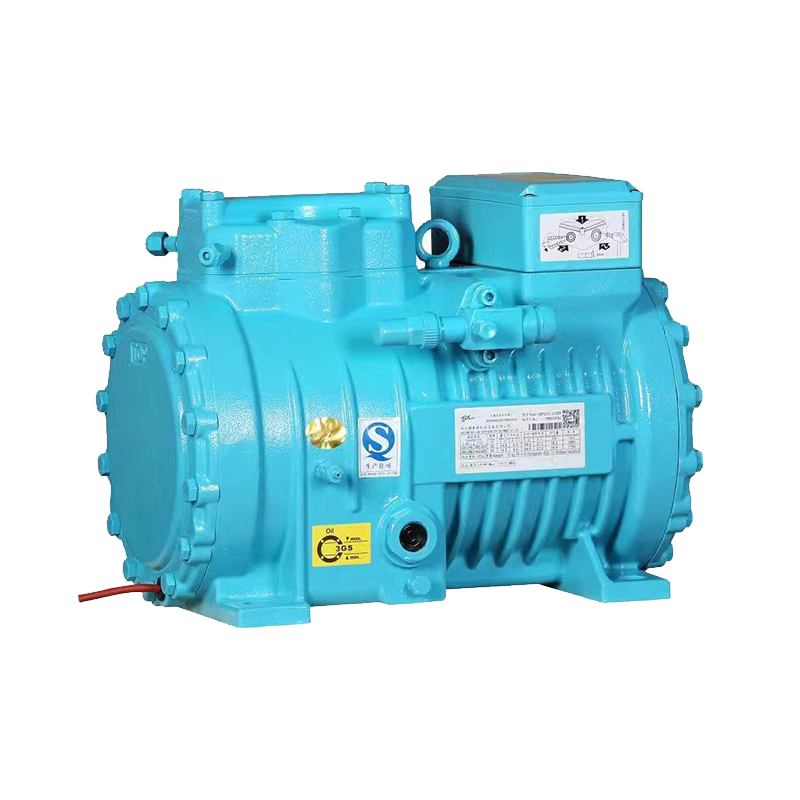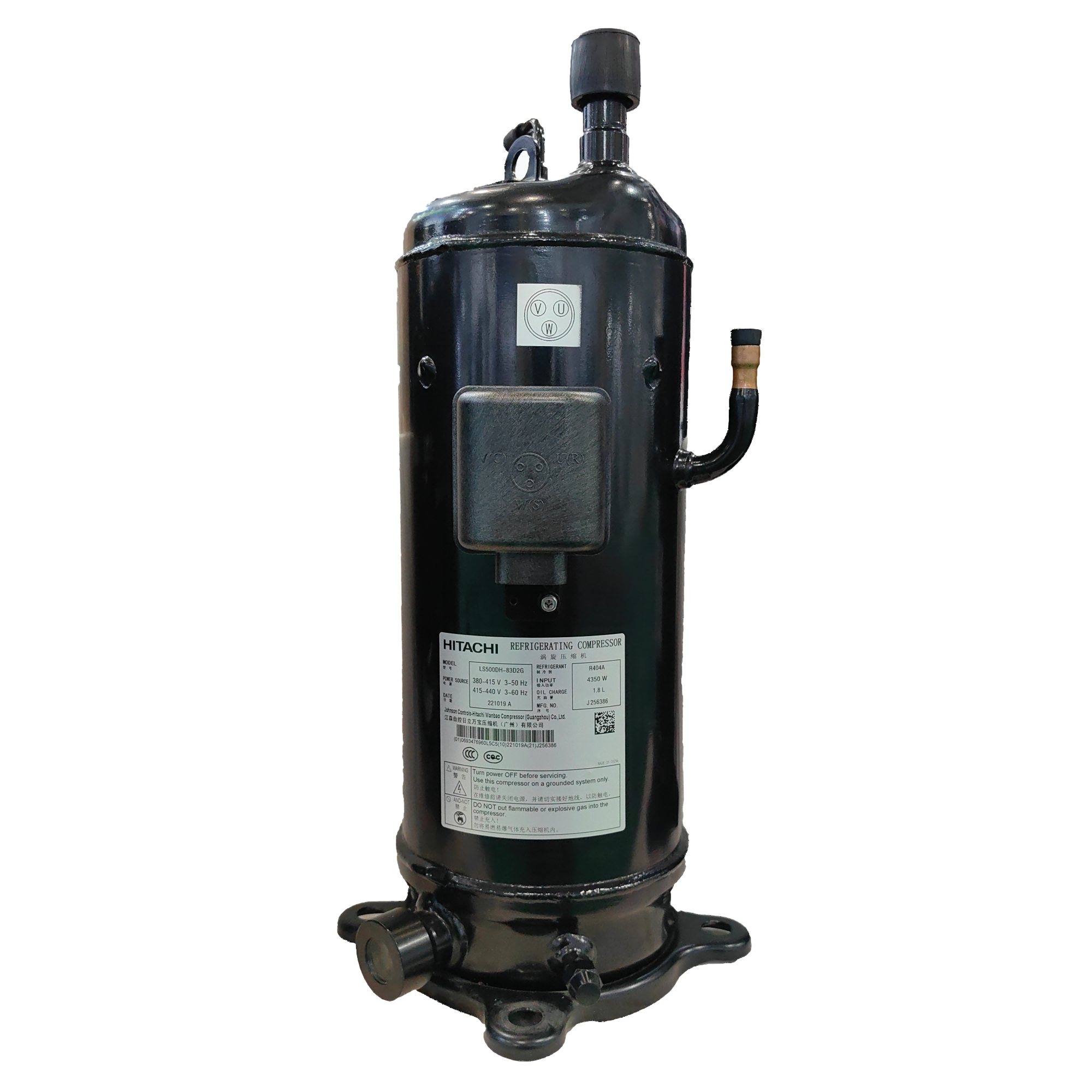Copeland scroll compressors are significantly better than ordinary piston or rotor compressors in terms of energy efficiency. Its core advantage lies in the use of efficient scroll compression technology, which achieves continuous and smooth gas compression through the meshing movement of the fixed scroll and the movable scroll. This design eliminates the suction valve and exhaust valve structure in traditional compressors, greatly reducing the air flow resistance loss, thereby improving the overall compression efficiency. In contrast, piston compressors rely on the reciprocating motion of the piston, and there are clearance volume losses and valve throttling losses, resulting in low energy efficiency.
In addition, Copeland scroll compressors can still maintain a high energy efficiency ratio when operating at partial load, which is particularly suitable for variable frequency or variable capacity systems, while ordinary compressors will significantly reduce efficiency under low load conditions. Because the airflow of the scroll compressor is continuous and pulsation-free, its operating current and starting current are also low, reducing the impact on the power grid, while the starting current of the piston compressor can reach 6 to 8 times the rated current, which has higher requirements for the electrical system. Overall, the energy efficiency of Copeland scroll compressors is 15% to 30% higher than that of ordinary compressors, and long-term operation can significantly reduce energy consumption costs.
In terms of reliability, Copeland scroll compressors have greatly reduced the failure rate due to their simple mechanical structure and excellent durability. Its core moving parts are only a movable scroll disk, which achieves compression through eccentric motion and has very few friction parts, while piston compressors contain multiple vulnerable parts such as pistons, connecting rods, crankshafts, and air valves, which are more worn after long-term operation.
Scroll compressors also have excellent anti-liquid shock capabilities and can withstand a small amount of liquid refrigerant reflux, while piston compressors are prone to valve plate breakage or piston jamming when encountering liquid shock. In addition, Copeland scroll compressors have extremely low operating vibration and lower noise, which are suitable for environments with high requirements for quietness, while piston compressors produce large vibrations and noise due to reciprocating motion, and usually require additional vibration reduction measures.
In terms of life, Copeland scroll compressors use high-precision processing technology and wear-resistant materials, and the design life can reach 10 to 15 years, which is much higher than the 5 to 8 years of ordinary piston compressors. At the same time, due to the small number of moving parts and the need for frequent replacement of wearing parts, the maintenance cost is also greatly reduced. In addition, the scroll compressor can operate stably in a wide temperature range of -40℃ to 70℃, with strong adaptability, while ordinary compressors are prone to poor lubrication or overheating problems under extreme working conditions.

 English
English Español
Español عربى
عربى русский
русский











